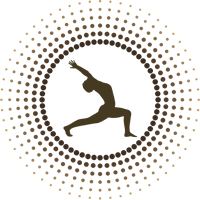Bursitis
Musculo-skeletal System
A bursa is a soft sac filled with a lubricating liquid that minimizes friction between body tissues that must constantly move against one another. They are usually found near joints; either between the skin and underlying bones, or between tendons and bones.
Bursitis – If a bursa is irritated by pressure over it, or by injury to the nearby joint, the little sac may become inflamed and fill with fluid. It is usually caused by an injury or repetitive stress to the joint. Joints particularly susceptible are the shoulder, patella (kneecap), elbows, heels, and the base of the big toe. Frozen shoulder, tennis elbow, housemaids knee, and bunions are all examples of bursitis, and often involve tendonitis as well.
Essential Oils
Essential Oils:
Synergistic Essential Oil Blends:
 Anti-inflammatory
Anti-inflammatory
- 1 part Roman chamomile, 2 parts lavender
- 1 part frankincense, 2 parts lavender, 1 part geranium
- 1 part geranium, 2 parts lavender
Self Help
Self Help:
- To reduce inflammation and promote rapid healing, eat oranges and grapefruits, as they are rich in the antioxidant vitamin C.
- Essential fatty acids found in unrefined vegetable and seed oils such as flax seed or pumpkin seed oil will help inhibit inflammation.
- To prevent calcium deposits which contribute to chronic bursitis, take dietary calcium with magnesium for proper dissolution and absorption of the calcium.
- Soak in Epsom salts baths and apply castor oil poultices.
- Bursitis usually clears up of its own accord in a week or two, especially if you are careful to keep pressure off the tender spot while it remains swollen.
Gemstone for Healing:
Hold to pain centre. In cases of extreme discomfort, tape copper to the affected area.
Reflexology
Reflexology areas to emphasize:
- The reflex of the affected joint; ie / shoulder, knee, hip, arm
- Adrenal glands – helpful for the inflammation


 Anti-inflammatory
Anti-inflammatory